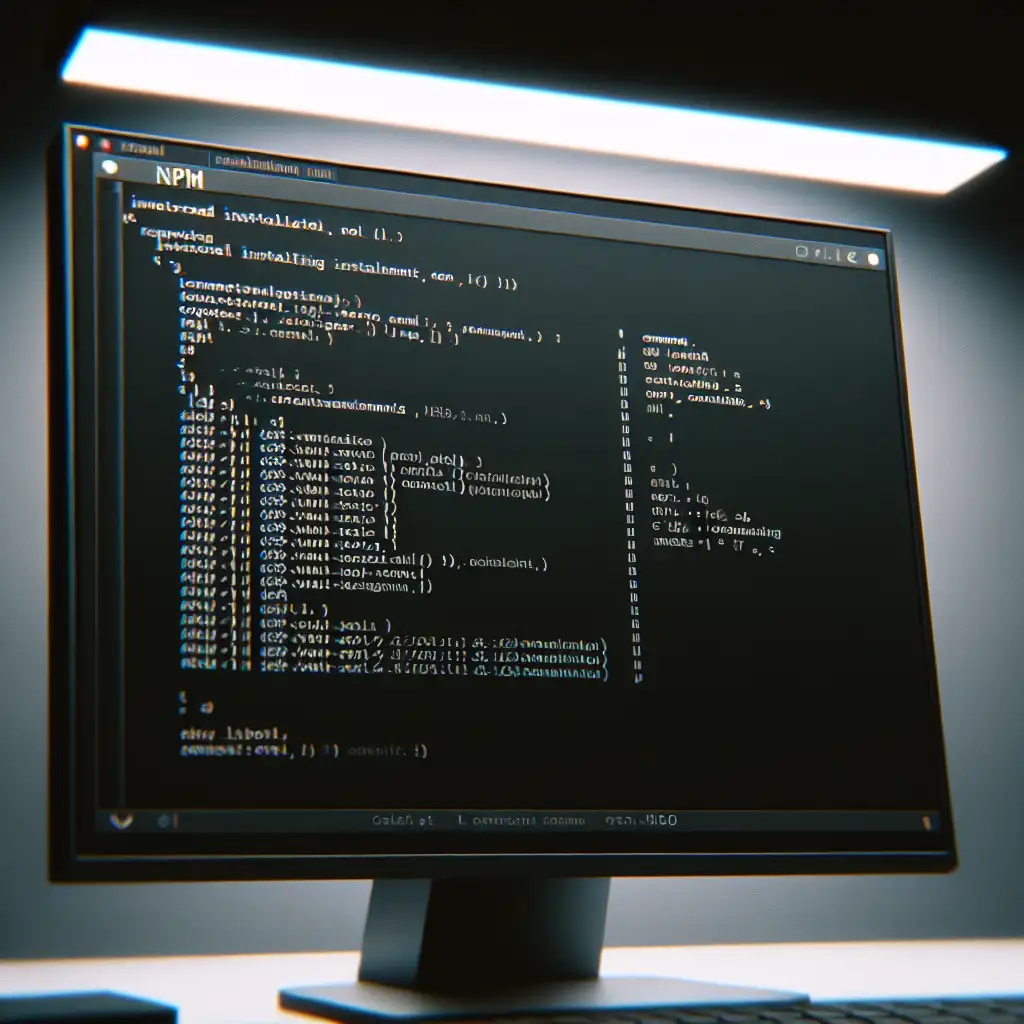Mastering npm Installation on Linux: Efficient Setup and Common Pitfalls to Avoid
Linux package management isn’t uniform, and npm installation is no exception. Inconsistent node/npm versions, permission constraints, and clashing installations regularly trip up seasoned developers—costing hours in failed builds and broken development workflows.
Why npm/Node.js Deployments Routinely Fail
npm underpins nearly every JavaScript project, but distribution maintainers rarely keep pace with Node.js LTS releases. For example, apt install nodejs on Ubuntu 20.04 yields Node.js v10.x—with npm that’s functionally obsolete for packages like webpack 5+.
Version lag isn’t just inconvenient; build reproducibility and CI pipeline integrity can break. Worse, global package installs (npm install -g ...) often trigger EACCES errors:
npm ERR! code EACCES
npm ERR! syscall mkdir
npm ERR! path /usr/local/lib/node_modules/...
Knowing installation mechanics—per-distro and per-user—is essential.
Node.js & npm on Linux: Three Approaches
1. Distro Package Manager (apt, dnf, etc.)
Quick and native, but outdated:
# Ubuntu/Debian
sudo apt update
sudo apt install nodejs npm
# Fedora
sudo dnf install nodejs npm
Known Issue: Repo lag. Ubuntu 22.04 had Node.js 12.x for months after LTS 18.x released. Anything requiring ES2020+ features will balk.
When to use: System scripts, or if corporate policy locks you into OS-maintained versions.
2. NodeSource Binaries (Up-to-date, System-wide)
Preferred for reproducible builds with recent upstream support.
# Ubuntu/Debian (Node.js 18.x)
curl -fsSL https://deb.nodesource.com/setup_18.x | sudo -E bash -
sudo apt-get install -y nodejs
# Fedora
curl -fsSL https://rpm.nodesource.com/setup_18.x | sudo bash -
sudo dnf install nodejs
Side note: npm comes bundled in the Node.js package—no separate install step.
Trade-off: Still installs system-wide. Global npm install -g usage will prompt for sudo, risking broken installs if permissions are misapplied.
3. nvm (Node Version Manager) — Per-user Flexibility
nvm is essential if you maintain multiple Node.js versions on a system, or want to avoid polluting the global environment. It sidesteps most permission issues caused by global installs.
# Install nvm (v0.39.4 at time of writing)
curl -o- https://raw.githubusercontent.com/nvm-sh/nvm/v0.39.4/install.sh | bash
source ~/.bashrc # Or ~/.zshrc, as appropriate
# Install Node.js LTS
nvm install --lts
nvm use --lts
Result: node and npm appear in your user shell. No sudo, no system directory writes.
Known issue: Some IDEs or systemd services executing outside your user session won’t see nvm-managed binaries. Confirm your PATH if CI shells act up.
Practical: Confirming Install Integrity
Immediately check execution context; mismatched versions suggest improper $PATH ordering.
node -v # Expect v18.x or later
npm -v # 9.x or later typical for Node 18
which node # Should resolve to user or /usr/local/bin, not /usr/bin/nodejs
A typical wrong-path scenario:
$ which node
/usr/bin/node
$ node -v
v10.19.0
This indicates nvm isn’t loaded, or another install is shadowing it.
Solving Global npm Permission Woes
Global installs shouldn’t require sudo. If you see EACCES errors, reconfigure npm’s global prefix to a user directory:
mkdir -p $HOME/.npm-global
npm config set prefix "$HOME/.npm-global"
Then, amend your shell config:
# ~/.bashrc or ~/.zshrc
export PATH="$HOME/.npm-global/bin:$PATH"
source ~/.bashrc to refresh.
Now, npm install -g typescript and similar commands succeed as your user.
Avoiding Version/Path Conflicts
Mixing package manager installs (e.g., apt + nvm) invites chaos. Remove OS-level Node.js before using nvm:
sudo apt --purge remove nodejs npm
hash -r # Clears shell cache
Then restart your terminal session before using nvm to avoid phantom binaries.
Note: Snap packages for node/npm also exist. These have no material advantage for development; usually, avoid unless mandated by your platform.
Maintenance and Advanced Usage
- To upgrade Node.js and migrate globally installed packages:
nvm install --lts --reinstall-packages-from=current - For odd package errors, especially after major upgrades:
npm cache clean --force - Use
package-lock.json—deterministic installations save debugging time.
Non-obvious tip: For project-local CLI tools, use npx <tool> instead of global installs. Example: npx eslint . runs the local version even if global isn’t present.
Installation Methods: Impact at a Glance
| Method | Use Case | Pros | Limitations |
|---|---|---|---|
| Distro Package Manager | Stable, offline/longevity-centric systems | Easy to automate | Versions rapidly obsolete; rigid |
| NodeSource Binaries | Consistent, up-to-date deployments | Maintained, predictable | Global perms, extra manual steps |
| nvm | Dev workstations with mixed node versions | Flexible, unprivileged user | Scripting, system integration |
Closing Note
Node.js and npm installation on Linux is never truly “set and forget”—upstream repos drift, and conflicting installations accumulate. Choose a toolchain, remove debris from others, and pin versions carefully in CI. When debugging, always check node -v, which npm, and your shell’s PATH variable.
Most issues are traceable to these basics.
If you hit anomalous bugs on less-common distros or with containerized environments, raise an issue or consult the latest upstream install docs. Side paths—like compiling Node.js from source—are possible, but rarely justified for standard workflows.
Stay current, check your user permissions, and avoid falling into the trap of mixing package sources. That’s how you keep JavaScript delivery fast and reproducible on Linux.
For edge cases (e.g., Alpine Linux musl build quirks, or corporate proxies blocking NodeSource), specific workarounds exist—get in touch if you need them.
